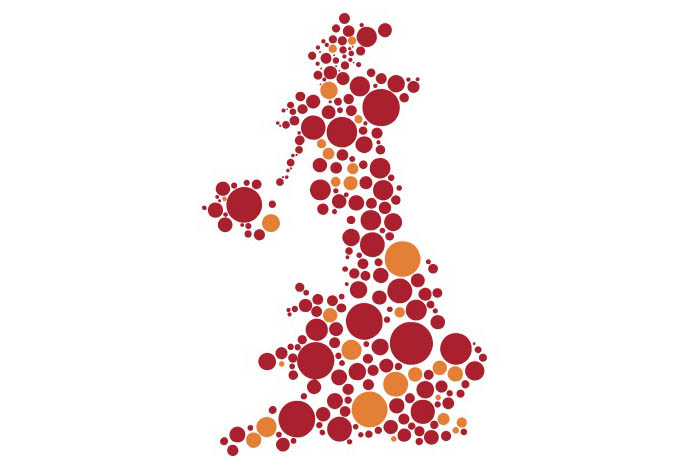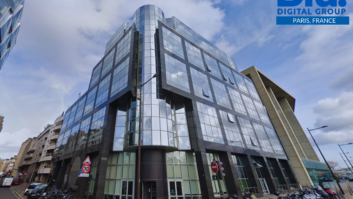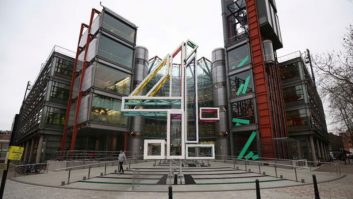
The television sector is the main driver for growth of digital broadcasting in the UK, concludes a new Digital Broadcasting report from Keynote. There has been major growth recorded in television subscription revenues, estimated at 6.9 per cent in 2014, alongside strong consumer expenditure on television and receiving equipment. Radio, however, saw a drop in revenue across its commercial and public funding streams in 2013, but sector revenues are expected to return to growth in 2014. Average television viewing in the UK amounts to three hours 52 minutes per day, and radio has a reach of 90 per cent of adults per week.
With the digital switchover completed in October 2012, just under 95 per cent of all households now receive digital broadcasting, with the remainder accessing audiovisual content over an internet connection only, on a television or otherwise, or do not own a television. In the radio sector, digital is not nearly as ubiquitous with just under 40 per cent of all listening hours accounted for by digital in Q1 2015.
While digital radio has seen ongoing growth in its share of total listening in the UK, the slow pace of uptake has delayed the implementation of a switchover in the radio sector. Digital radio broadcasting continues to account for a minority share of overall listening in the UK, at just under 40 per cent of all radio listening hours in Q1 2015. Furthermore, digital radio coverage still lags behind FM/AM coverage, particularly on UK roads.
Once proposed for as early as 2015, it is unlikely, according to the government, that the digital switchover will occur in the current decade. This follows the decision that the switchover should be consumer led, with no timeframe or implementation plan to be drawn up until 50 per cent of listening is done via digital platforms and coverage is similar to that of analogue.
Over the next five years, revenue in the television broadcasting sector is expected to remain strong, with a boom in the online television segment providing significant growth opportunities, while demand for and expenditure on television subscription services is expected to remain high. Radio is expected see growth in revenue, primarily due to rising commercial revenues as economic conditions improve. Digital radio is expected to capture an ever-increasing share of overall radio listening, but it remains unlikely that a switchover plan will be developed over the next five years.






